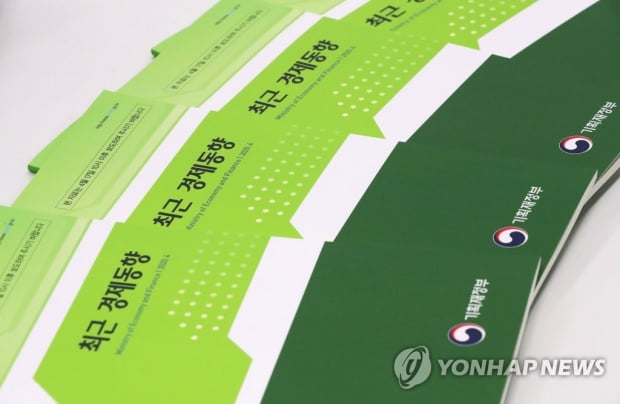Major consumption indicators are broken due to the 3rd coronavirus pandemic

The government diagnosed that uncertainty in the real economy persists, with domestic demand contracting due to the re-proliferation of the novel coronavirus infection (Corona 19) and strengthening social distancing measures.
In December, when the third coronavirus pandemic began in earnest, the domestic approval amount of the card turned to negative (-) in eight months, showing that major consumption indicators were broken.
◇ Ministry of Knowledge Economy “Shrink domestic demand, slowing employment…continuous real economy uncertainty”
The Ministry of Strategy and Finance said in the’Recent Economic Trends (Green Book, January Issue)’ published on the 15th, “Recently, the export recovery trend in our economy has expanded, but domestic demand has contracted and employment indicators have slowed due to the third spread of Corona 19 and the strengthening of distance. “The real economy continues to be uncertain.”
The Ministry of Knowledge Economy, which showed its caution last month, saying, “The uncertainty of the real economy is expanding,” said that this month, the uncertainty persists.
The Ministry of Science and Technology evaluated that “externally, the improvement of physical indicators has slightly weakened due to the continued spread of Corona 19 in major countries and strengthened containment measures, but expectations for economic recovery are spreading due to the possibility of vaccination and strengthening policy responses in major countries.”
◇ 3.3% of credit card approval amount↓… Department store and online sales were also sluggish
As the Ministry of Equipment diagnosed, the third corona19 pandemic began in earnest last month, and measures to distance were strengthened, leading to poor consumption indicators.
The amount of credit card approval in Korea decreased by 3.3% from a year ago, turning to a decrease in 8 months after April (-5.7%).
Department store sales also fell 14.1%, increasing the decline from November (-3.9%).
However, discount store sales increased 1.7%, better than last month (-4.3%).
Online sales, which had continued to increase by more than 20% from May to November due to the increase in non-face-to-face consumption, also increased by 19.2%, reducing the rate of increase.
Domestic sales of domestic passenger cars decreased by 8.4%.
In the previous month, it increased by 7.7%.
The consumer sentiment index (CSI), which rose from the previous month for two consecutive months, including October (91.6) and November (97.9), also fell to 89.8 in December.
The number of Yuke (Chinese tourists) who visited Korea fell 98.4%.
◇ Employment indicators such as a decrease in the number of employed have also declined… Exports are improving
The aftermath of the re-proliferation of Corona 19 was also reflected in the employment index.
The number of employed in December decreased by 628,000 from a year ago, expanding the decline, and the employment rate for those aged 15 to 64 fell 1.8 percentage points to 65.3%.
November is the latest indicator of industrial activity trends.
In November, except for retail sales, mining production, service production, facility investment, and construction investment all increased from the previous month.
Exports in December increased by 12.6% from a year ago due to improved exports related to information technology (IT) and increased working days.
The daily average export value also increased by 7.9%.
Regarding the domestic financial market in December, the Ministry of Science and Technology diagnosed that “stock prices have risen sharply and the exchange rate has fallen due to the initiation of vaccine vaccination in major countries and additional stimulus measures in the US,” and said, “The interest rate of KTBs has risen centered on mid- to long-term”
In December, the nationwide home sales price rose 0.90% MoM and the jeonse price rose 0.97%.
The increase rates of the trading price and jeonse price in November were 0.54% and 0.66%, respectively.
/yunhap news
